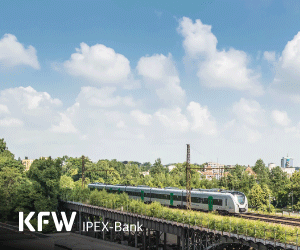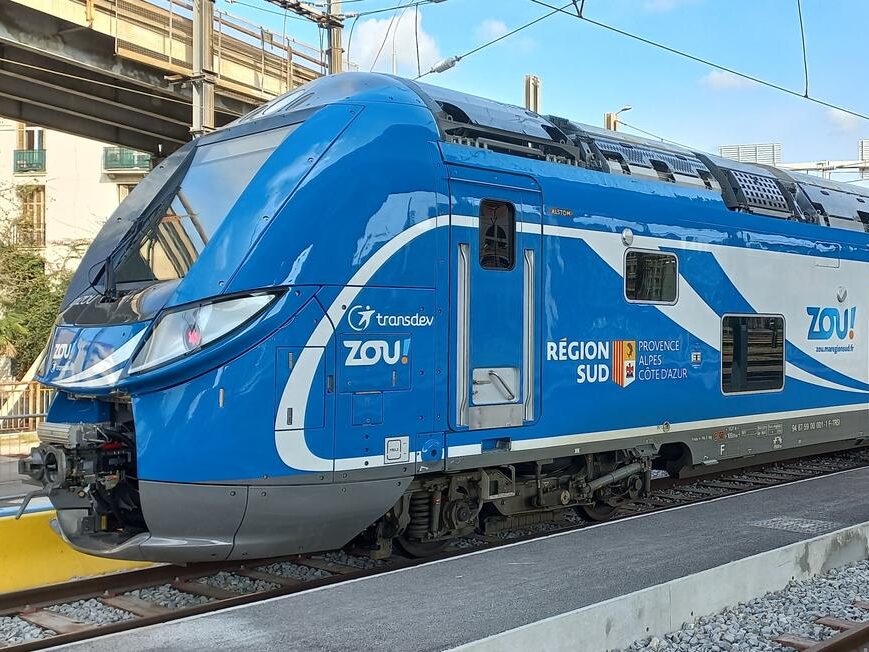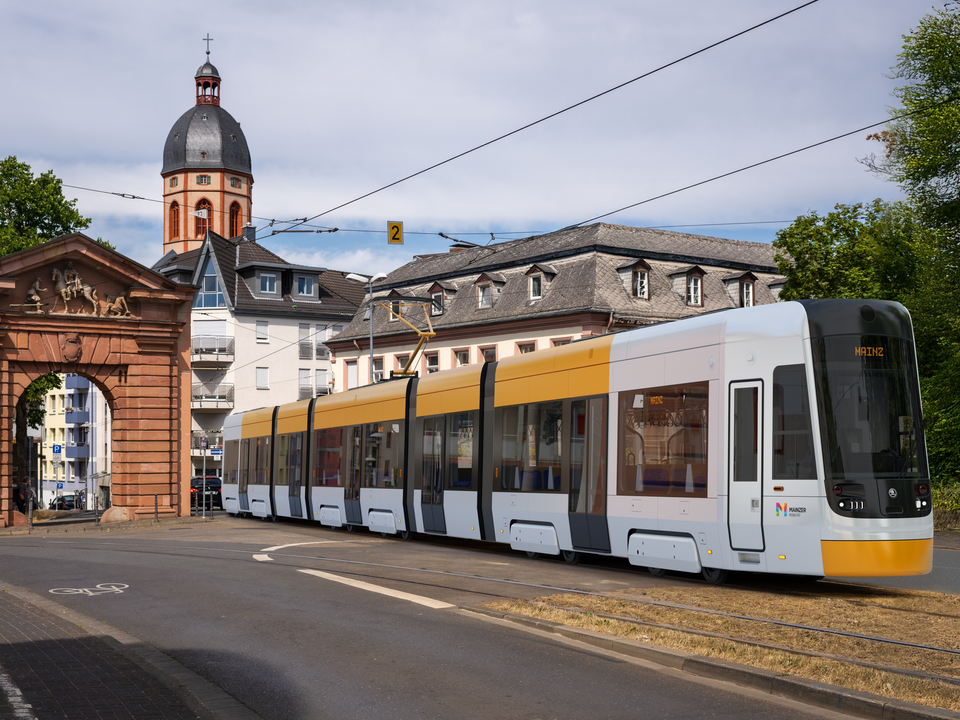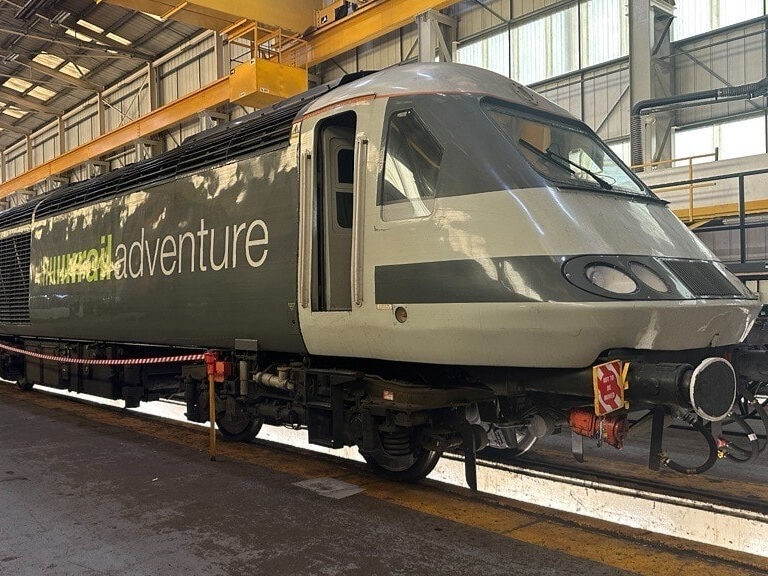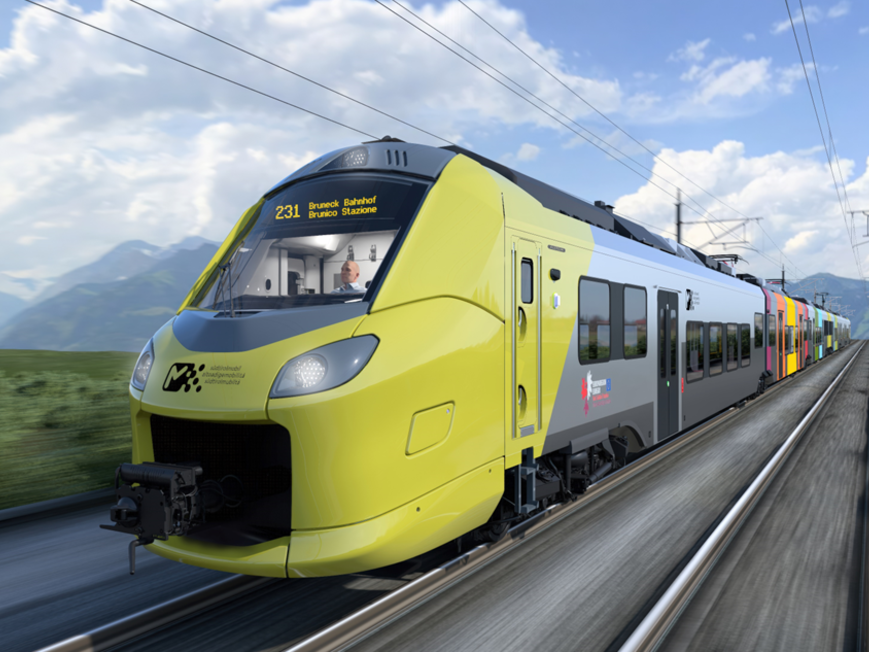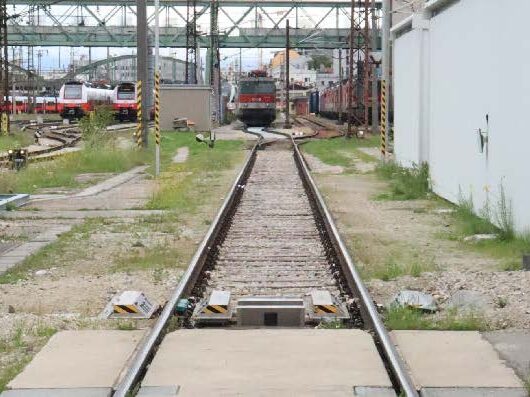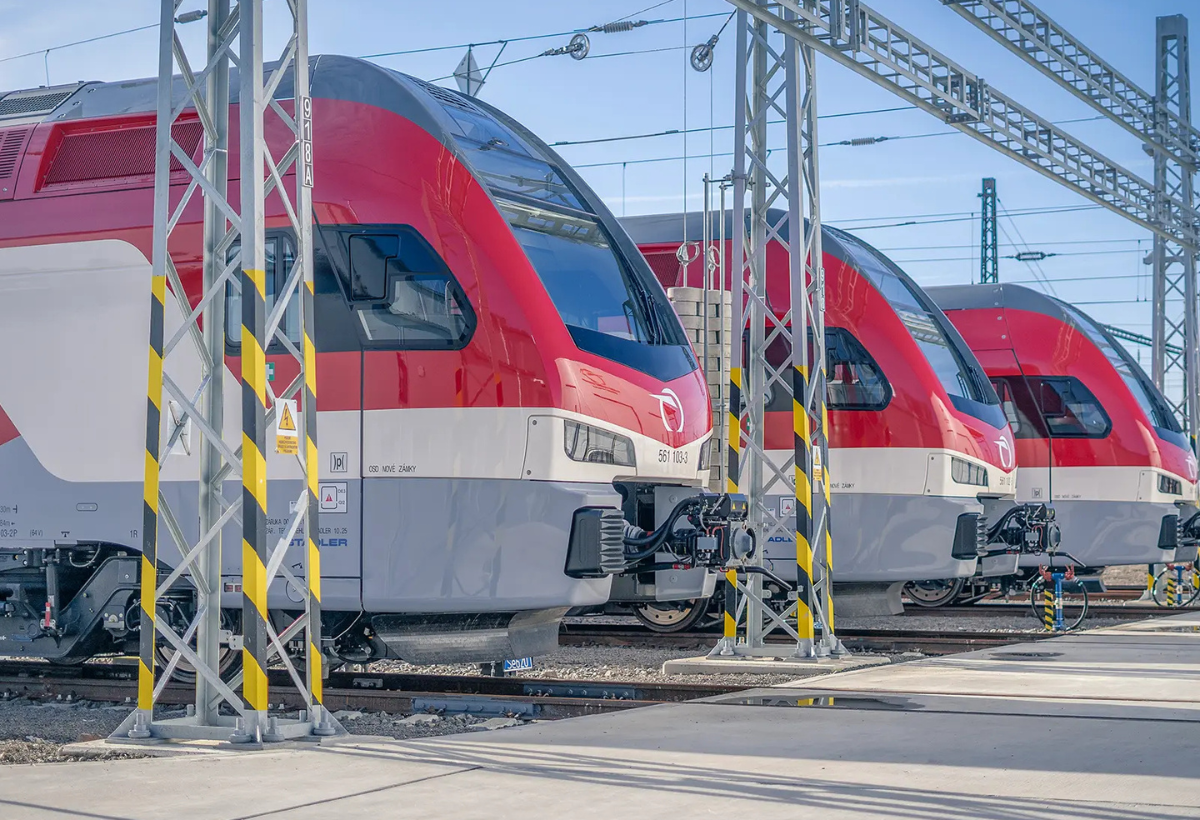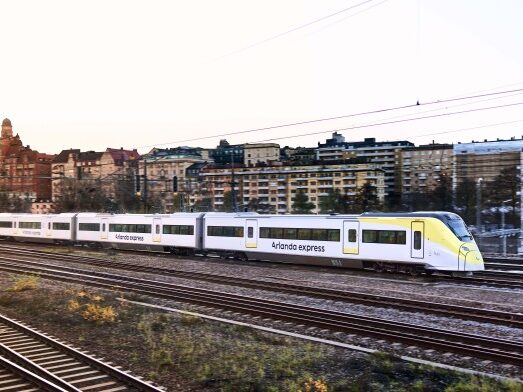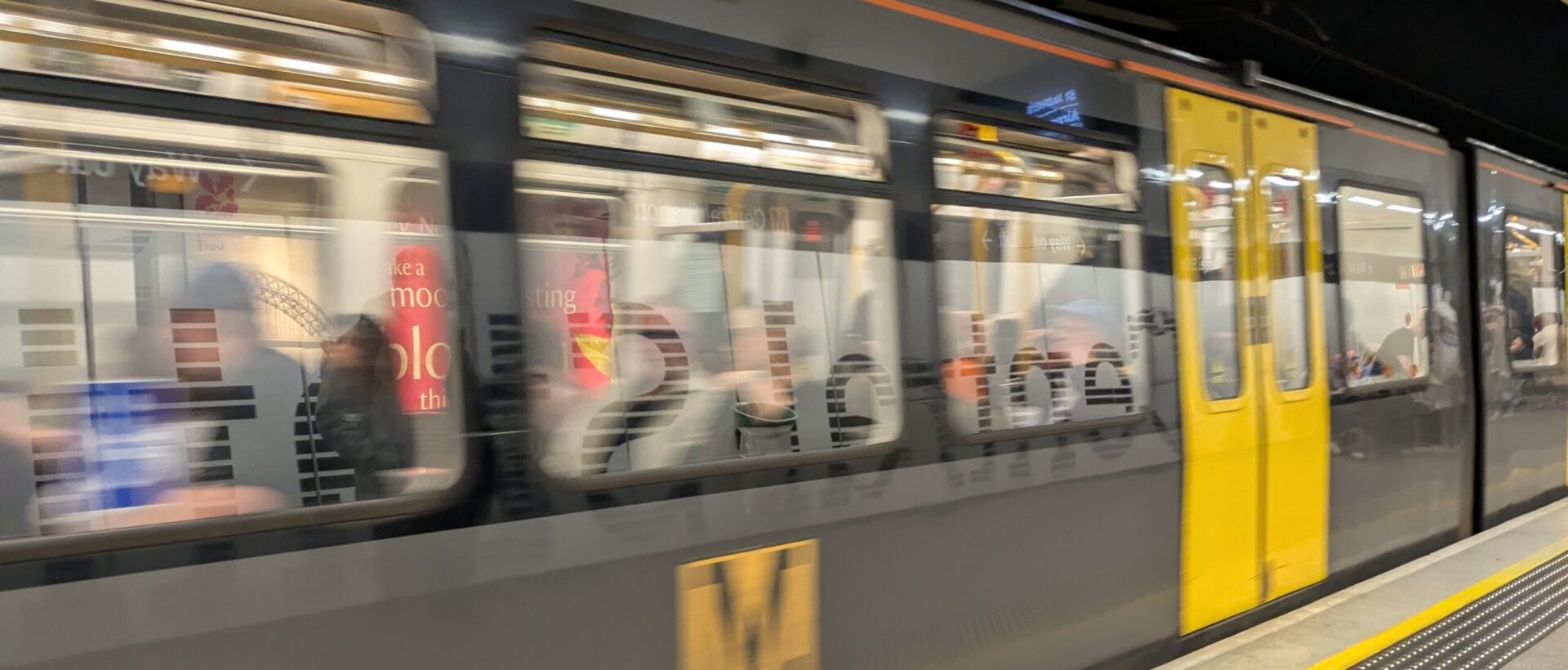At the Train & Rail conference in Stockholm, Dan Olofsson, Head of Operational Strategy and National Coordination at SJ, outlined the ongoing and strategic importance of night trains in Sweden’s transport system.
Night trains support long-distance domestic and cross-border travel, offering a practical alternative to flying. By enabling passengers to sleep while travelling, night trains help conserve daytime hours and reduce the need for overnight accommodation. This contributes to both convenience and sustainability.

However, Olofsson noted that night trains are not currently profitable and rely on state support. What’s more, the night train system faces significant challenges. Much of the rolling stock is outdated and expensive to maintain. To remain viable and meet passenger expectations, investment is needed in new or refurbished sleeping and couchette carriages. Olofsson outlined features essential to future rolling stock, including blackout blinds, noise insulation, private compartments, power outlets and onboard WiFi.
Despite these challenges, night trains form a vital part of the country’s transport infrastructure, with a long-standing presence in Swedish mobility patterns.
Their benefits also extend beyond convenience and emissions reduction, as night trains play a role in Sweden’s total defence planning, as civilian carriages can be adapted for military or medical use in times of crisis. Ensuring the availability and operability of night trains thus supports the country’s capacity for emergency response and rapid mobilisation.
To secure the future of night trains, Olofsson proposed a number of measures. These include:
- Longer-term contracts for service provision
- Dedicated funding streams for procurement
- A connected network of routes, including Stockholm–Narvik and Stockholm–Hamburg, operating with upgraded rolling stock over extended periods
Overall, demand for night train services remains high, and with the right policy support and investment, they can continue to play a key role in Sweden’s sustainable transport strategy.





